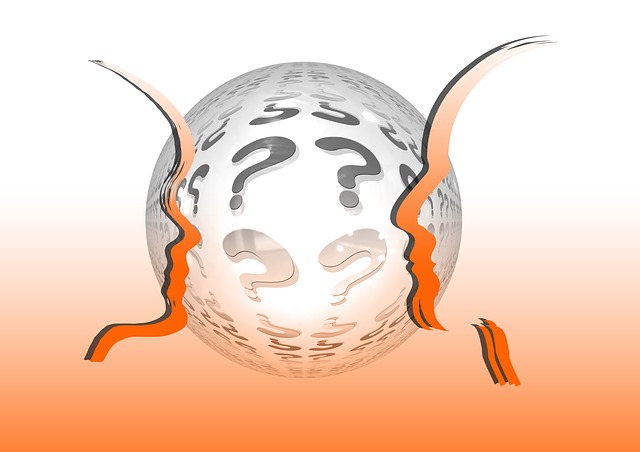Question tags

Question tags are put at the end of a statement to turn it into a question. They are mostly used in speaking and are informal. Here is the rule:
Take the first verb of the sentence, make it negative, invert it with the subject, and put it at the end of the sentence after a comma.
Examples:
She is always on time, isn’t she?
They can all come to the party, can‘t they?
We‘ll be there soon, won’t we?
You have already eaten, haven’t you?
If the first verb is negative, make the question tag positive.
Examples:
You haven’t had your morning coffee, have you?
He doesn’t know the answer, does he?
They shouldn’t be here, should they?
I wasn’t finished, was I?
If the verb is only one word, use do/does (present) or did (past) in the question tag.
Examples:
She told you the answer, didn’t she?
We have a test tomorrow, don’t we?
If the one verb is BE, then use the same verb in the question tag.
Examples:
He‘s your brother, isn’t he?
It wasn’t the right answer, was it?
With am use aren’t I as the question tag:
Examples:
I‘m the winner, aren’t I?
I‘m going first, aren’t I?
However, with the modal have to/ has to/ had to, use do/does (present) or did (past):
Examples:
She has to go see the doctor, doesn’t she? We don’t have to finish tonight, do we?
They had to correct their mistake, didn’t they?
With used to use did in the question tag.
Examples:
They used to study all night, didn’t they?
We used to go out every Saturday night, didn’t we?
In formal English commands with let’s, use shall we as the question tag.
Examples:
Let’s get started, shall we?
Let’s go into the living room, shall we?
With the imperative use will you as the question tag.
Examples:
Open that window, will you?
Meet me here after lunch, will you?
Here’s an oral exercise. Repeat the sentence and add a question tag. Then repeat the correct answer.
Your Score:
Your Ranking:
Your Score:
Your Ranking:
© 2013 Ambien Malecot
